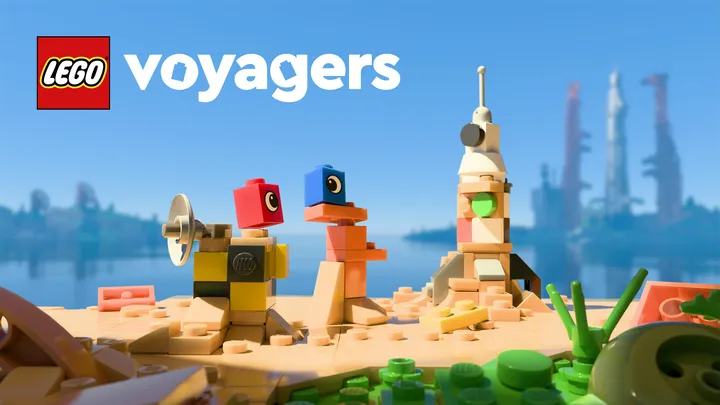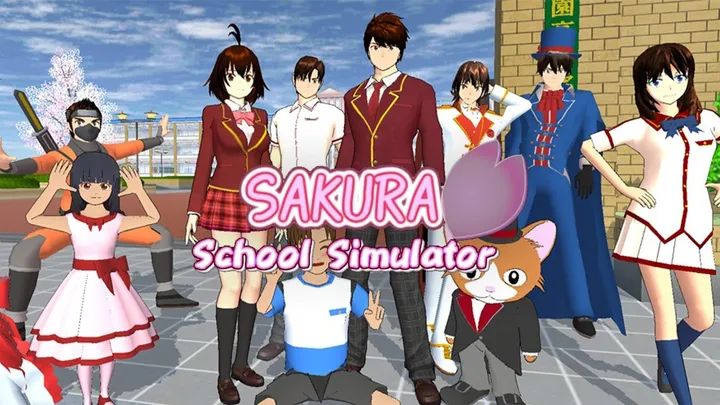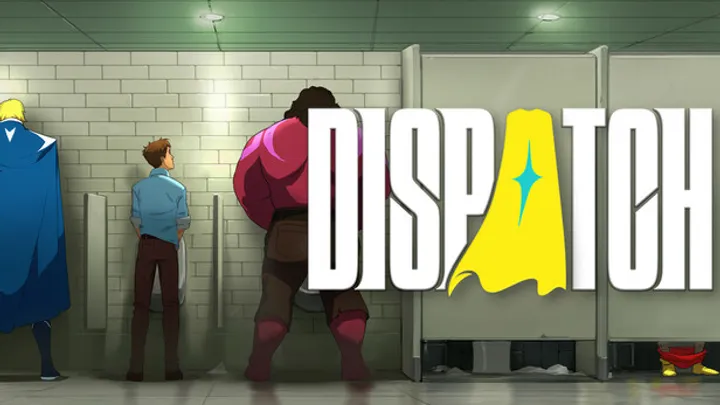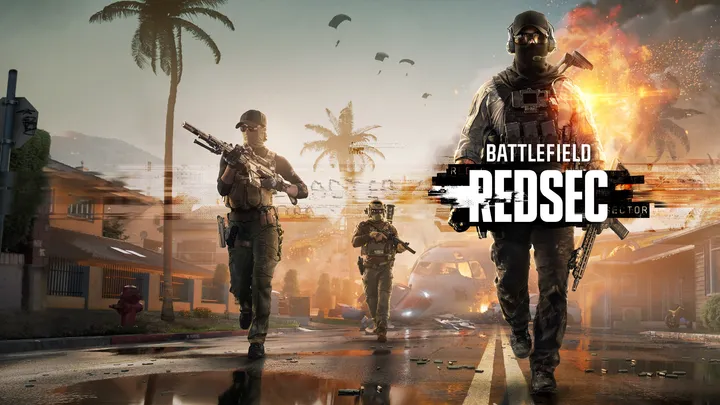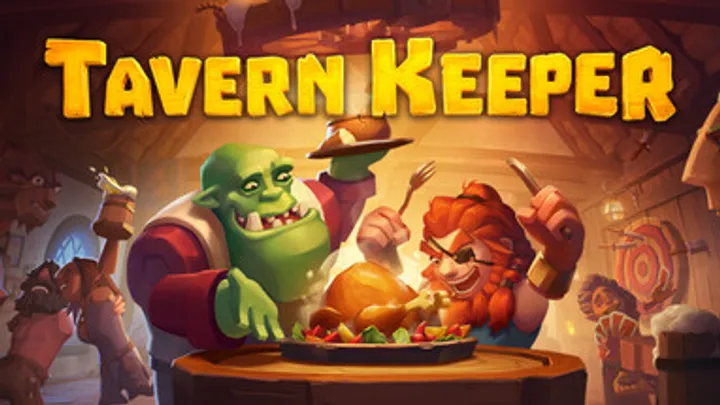Fatal Fury has always been synonymous with raw fighting energy, intense personal rivalries, and Neo Geo-style charisma. With FATAL FURY: City of the Wolves, SNK resurrects the legendary franchise by bringing its characters, world, and fighting philosophy into a new era. It is not just another fighting game revival; it is an exploration of evolution, legacy, and what it means to return to a world built on fists, pride, and unspoken grudges.
This article dives deeply into the game’s thematic core: the rebirth of South Town and the renewed spirit of fighters shaped by pain, loyalty, and ambition.
A City Reborn in Chaos and Ambition
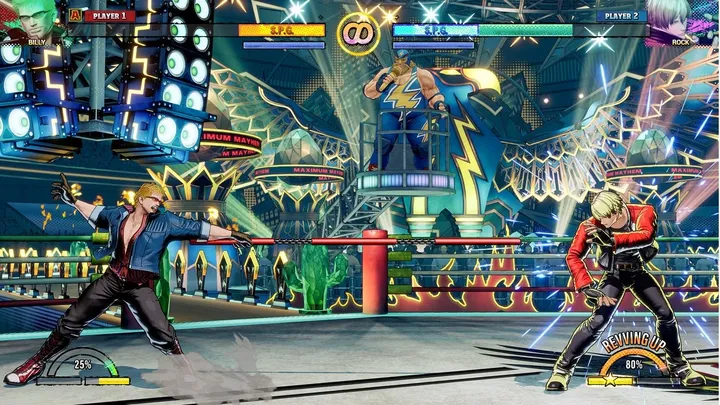
City of the Wolves takes place in a South Town that has changed dramatically. The decay and corruption of the older games have transformed into a more vibrant yet unpredictable metropolis. The city’s new atmosphere is more than just a backdrop—it symbolizes the rebirth of the Fatal Fury narrative.
South Town pulses with ambition. Every fighter, whether newcomer or veteran, steps into the arena with personal stakes. The setting reflects this: a place where dreams collide with violence, and only the strongest ambitions survive.
The Spirit of Streets and Rings
The game rejuvenates the gritty street-combat vibe that defined the earlier titles. Alleyways, neon-lit zones, abandoned rooftops, industrial yards—these aren’t just arenas, they’re narrative pieces. Each stage feels like a chapter of the city’s evolution, carrying remnants of past battles and new tension waiting to erupt.
The Return of South Town Legacy
City of the Wolves focuses on bringing back the emotional storytelling SNK fighters are known for. Every punch thrown remembers the legacy of characters like Geese Howard, Terry Bogard, and Rock Howard, even when new fighters join the fray.
Rock Howard at the Center of Conflict

Rock Howard takes the narrative spotlight. As the son of Geese Howard and student of Terry Bogard, Rock symbolizes the clash between two legacies: corruption and honor. City of the Wolves uses him to explore deeper themes of identity and destiny.
Rock is not simply a protagonist—he is a narrative crossroads. He constantly battles with the weight of his lineage and the desire to create his own path. His moveset blends Geese’s ruthless precision and Terry’s explosive spirit, representing his internal struggle.
Between Light and Shadow
Rock’s fighting style visually and mechanically expresses his emotional conflict. The duality of his techniques mirrors his dual bloodlines. SNK uses this to make Rock more than a fighter: he’s a walking embodiment of the game’s central theme.
A Fighter Defined by Choice
Rock is not destined to follow Geese’s path nor Terry’s. City of the Wolves highlights his autonomy. Through his story mode progression and rival interactions, the game reinforces the idea that legacy does not define a man—choices do.
Newcomers Who Strengthen the Narrative

City of the Wolves introduces a cast of new fighters, each bringing unique styles and philosophies. These characters expand the world and challenge the veterans in unexpected ways.
Passion, Rivalry, and Reinvention
New fighters reflect modern interpretations of martial arts archetypes. Some represent discipline and honor, while others embody chaos, street fighting, or unconventional methods. Their presence reinvigorates the Fatal Fury formula and expands its emotional palette.
Their rivalries with legacy characters also highlight generational tension. City of the Wolves becomes a narrative about evolution—how old fighters adapt, how new fighters rise, and how South Town itself reshapes identity.
The Revamped Art Style: A Visual Philosophy

Instead of copying realism or anime, SNK crafts a style that blends color, bold shading, and strong silhouettes. This choice reflects a deeper philosophy: fighting games should feel expressive, not uniform.
Visual Personality in Every Frame
Every punch looks sharp. Every hit spark feels electric. Each character animates with a sense of identity—movements flow like personality traits. Terry’s confidence, Rock’s struggle, and the newcomers’ flamboyance all translate visually through this stylistic direction.
Nostalgia with Modern Clarity
SNK preserves the vibrant, energetic feel of classic Neo Geo animations while enhancing them with modern detail. The art style is a bridge between eras, reminding players of what Fatal Fury was—and what it is becoming.
Conclusion: The Legacy of Wolves Continues
FATAL FURY: City of the Wolves is more than a fighting game revival—it is a bold reaffirmation of SNK’s identity. It brings South Town, Rock Howard, and the Fatal Fury legacy into a modern spotlight with renewed emotional depth, refined artistry, and storytelling rooted in personal struggle and ambition.
City of the Wolves proves that the spirit of fighting is not merely about winning but about evolving. Every fighter enters the arena with history, purpose, and the desire to carve their place in a city built on conflict.
Fatal Fury is not just returning—it is transforming.








